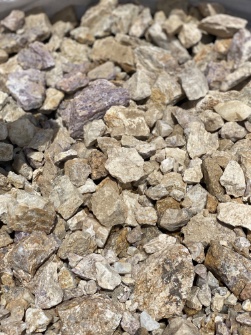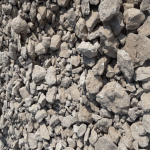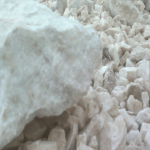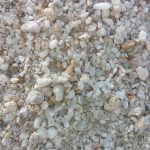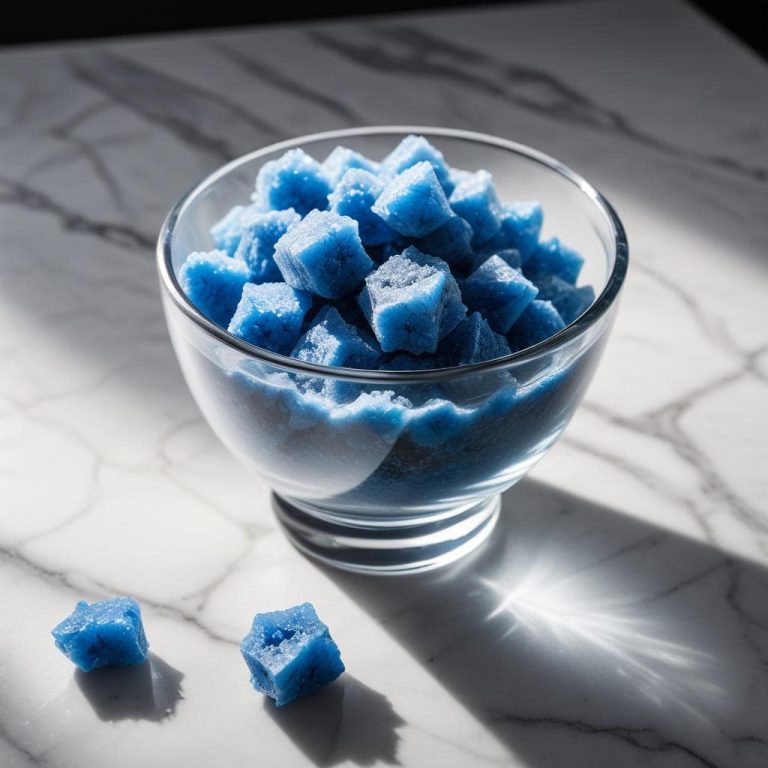In this article, we present a concise yet comprehensive overview of fluorine—its defining characteristics, natural occurrence, methods of production, key industrial applications, and essential safety considerations. Fluorine is a pale yellow, diatomic gas at standard conditions and stands out as the most reactive and electronegative element in the periodic table. Although it makes up only about 0.054 % of Earth’s crust by weight, fluorine’s unique chemistry underpins critical technologies in polymers, electronics, metallurgy, and optics. Industrially, it is produced via the electrolysis of fluoride salts and is handled under stringent safety protocols due to its extreme corrosiveness and toxicity. Understanding fluorine’s properties and respecting safety guidelines are vital for harnessing its benefits across advanced manufacturing sectors.
Chemical and Physical Properties
Fluorine (F₂) is a pale yellow, diatomic gas with a pungent odor at standard temperature and pressure . It is the lightest member of the halogen group (Group 17) and possesses the highest electronegativity of all elements (3.98 on the Pauling scale), owing to its small atomic radius and strong electron affinity .The melting point of fluorine is –219.6 °C, and its boiling point is –188.1 °C. As an oxidizing agent, it reacts vigorously—or even explosively—with nearly all other substances, including water .
Natural Occurrence and Production
Fluorine is the thirteenth most abundant element in Earth’s crust, occurring at roughly 600–700 ppm (0.054 % by weight), primarily in the mineral fluorite (CaF₂). Due to its high reactivity, elemental fluorine never occurs freely in nature but only in stable compounds such as fluorides. Commercial production involves the electrolysis of a molten mixture of potassium fluoride (KF) and hydrogen fluoride (HF); at the anode, fluoride ions are oxidized to liberate fluorine gas.
Industrial Applications
Polymers and Plastics
Fluorine chemistry is foundational to the manufacture of fluoropolymers like polytetrafluoroethylene (PTFE, Teflon), prized for its thermal stability, chemical inertness, and non-stick properties. PTFE coatings are used on cookware, industrial equipment, and in aerospace components.
Electronics and Semiconductor Processing
In semiconductor fabrication, fluorine gas and fluorinated compounds serve as critical cleaning and etching agents in chemical vapor deposition (CVD) chambers. Periodic chamber cleans using F₂ (or F₂/N₂ mixtures) maintain process integrity and prevent contamination during thin-film deposition .
Metallurgy
Hydrofluoric acid (HF) and fluoride salts are employed as fluxes in aluminum refining and steelmaking, where they help remove impurities and control viscosity during melting.
Optics and Ceramics
Calcium fluoride (CaF₂), derived from fluorite, is used to fabricate high-performance optical windows, lenses, and prisms for ultraviolet (UV), visible, and infrared (IR) applications due to its low refractive-index variation and high transparency.
Specialized Uses
Fluorine-containing gases are also utilized in leak detection, plasma cleaning, and as dielectric coolants in advanced electronics, where their thermal and chemical stability afford precise control.
Safety and Handling
Because elemental fluorine and its compounds are profoundly corrosive and toxic, strict safety measures are mandatory. Fluorine gas causes severe chemical burns upon skin or eye contact and can inflict pulmonary edema if inhaled . Work with fluorine requires gas cabinets, moisture-free systems, compatible materials (e.g., nickel or Monel), and continuous monitoring for leaks. Personal protective equipment (PPE) includes full-face respirators with appropriate cartridges, acid-resistant gloves, and face shields. In case of accidental exposure, calcium gluconate gel (2.5 %) is the first-aid standard for dermal contact with HF, while emergency protocols must address inhalation and ocular exposures immediately.
Conclusion
Fluorine’s extraordinary reactivity and electronegativity make it indispensable across multiple high-tech industries—from nonstick coatings to semiconductor fabrication—despite its relative scarcity in Earth’s crust. Mastery of its production, applications, and rigorous safety protocols enables modern advances in materials science, electronics, and optics. Meticulous handling and deep respect for its hazards are essential to exploit fluorine’s full potential safely and effectively.


